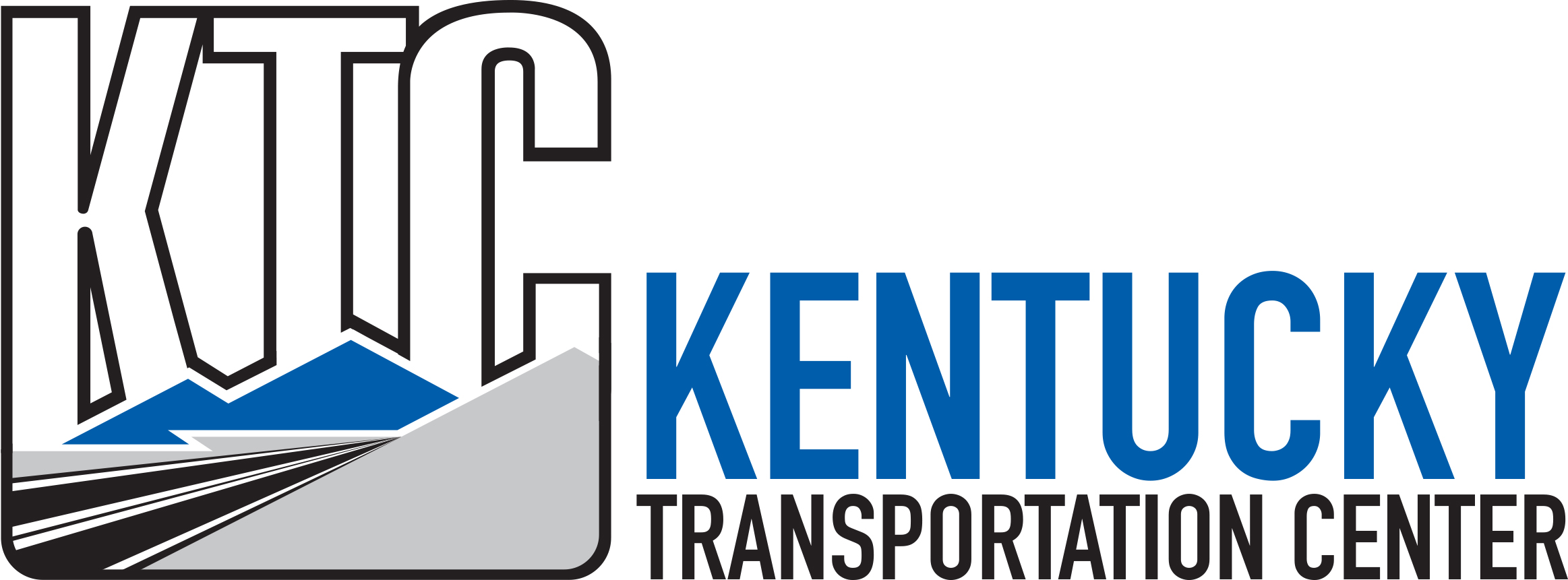Abstract
Raised markers have become commonplace in delineation on highways in states where snowfall is minimal and snowplows are not needed. They have proven to be especially effective for wet, nighttime, and other poor visibility conditions when paint stripes are least effective. In Kentucky, over one million raised markers have been installed and damage from snowplowing has been significant during some of the more severe winters. As a result of costs associated with replacing damaged markers and requirements of the Pavement Marking Demonstration Program, an evaluation of all installations was undertaken.
Between 1975 and 1979, a total of 1,082,250 markers were installed on approximately 3,000 miles (4,827 km) of highway at a cost of $1,931,059. The average cost per marker was $1.78. A summary of replacement frequencies showed that 473,437 (62 percent) of the original markers remained in service, 264,880 (35 percent) have been replaced once, and 26,351 (3 percent) have been replaced twice. Even though the winter of1978-1979 was one of the more severe during recent years, only one-third of the markers installed on new sections of highway in 1978 were in need of replacement in 1979.
A 20-percent reduction in wet-night accidents and a 10-percent reduction in dry-night accidents could be used as an estimate of the effect of raised markers for systemwide installations. For the interstate system, this corresponded to a four-percent reduction in all accidents. If the four-percent reduction was applied to sections of highway for the first five raised marker installation contracts (700,000 markers on approximately 1,500 miles (2,400 km)), the resulting benefit-cost ratio would be 6.03.
Report Date
6-1-1981
Report Number
UKTRP-81-8
Digital Object Identifier
http://dx.doi.org/10.13023/KTC.RR.1981.08
Repository Citation
Pigman, Jerry G.; Agent, Kenneth R.; and Rizenbergs, Rolands L., "Evaluation of Raised Pavement Markers in Kentucky: Statewide Installations; 1975-1979" (1981). Kentucky Transportation Center Research Report. 1476.
https://uknowledge.uky.edu/ktc_researchreports/1476


